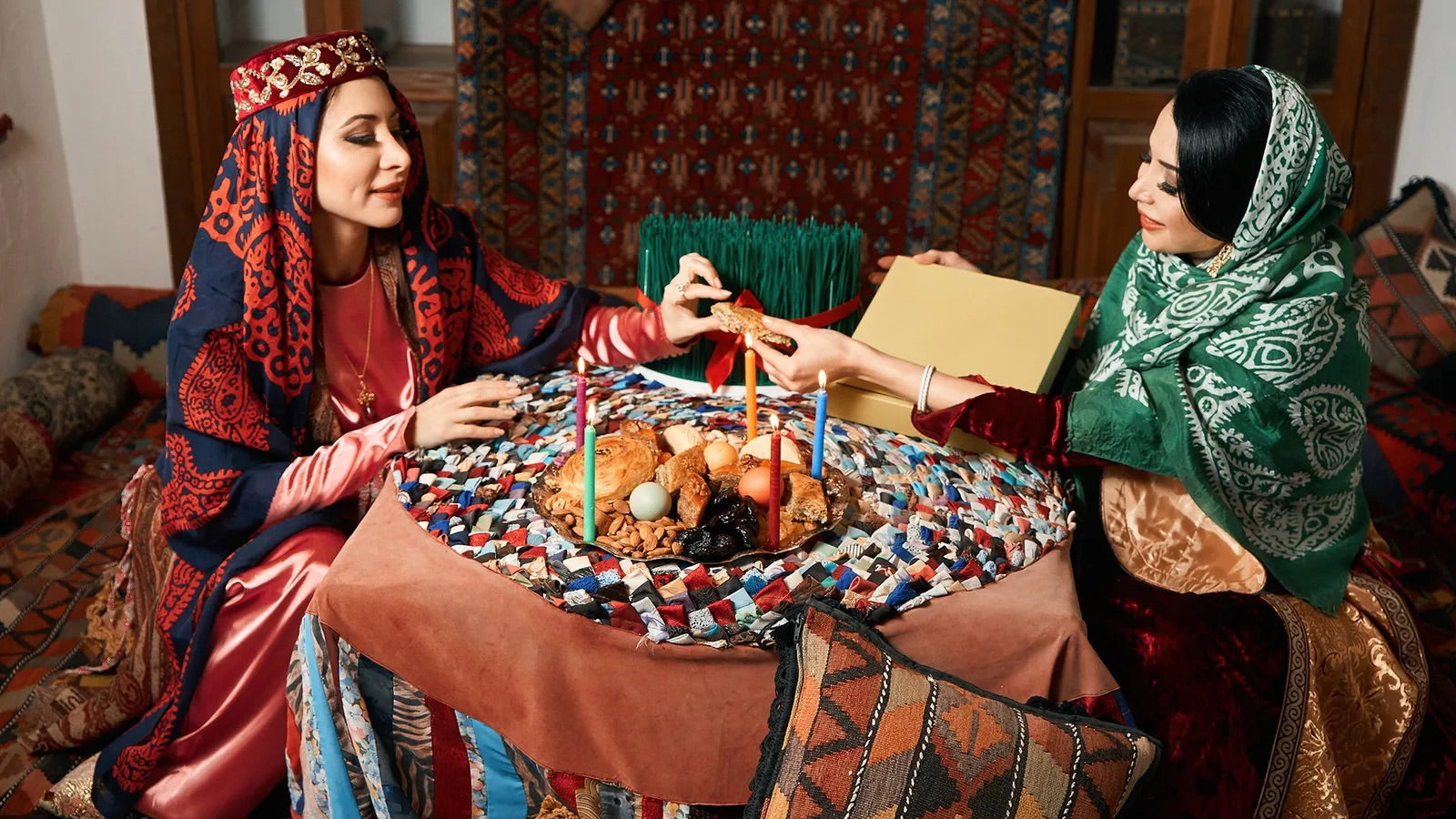For Haleh Esfandiari, founding director of the Middle East Program at the Woodrow Wilson International Center for Scholars in Washington DC, it's this welcoming, inclusive nature of the holiday that has made Nowruz so enduring, "It is not just a celebration of the new year; it serves as the bond that brings all Iranians together – precisely because it is a national, not a religious, celebration. Iranians of diverse religions and ethnic and tribal identities all celebrate Nowruz," she said.

Symbolically, Nowruz is about rebirth and new beginnings. While the holiday of Nowruz kicks off at the equinox, preparations begin weeks before. In order to enter the new year on the right foot, it's important to have both a spotless home and a clear conscience.
WHERE TO CELEBRATE NOWRUZAround the world, cities with large Iranian and diaspora Persian communities including Dubai, Toronto, London, New York and Los Angeles all have options for celebrating and learning about the holiday. For example:
|
The first step is cleaning the home from top to bottom, a practice called khoone takoone, which translates to "shaking the house" in Persian. It's also important to resolve outstanding grudges by making amends to the wronged party with a gift of ajeel, a mix of dried fruit and nuts. It's customary to sprout lentils and wheat during the weeks prior, mirroring the shoots and buds emerging outside. Then, on the Wednesday before Nowruz, everyone from children to grandparents jumps over a bonfire. This is to purge any negativity from the past year.
With its hopeful message of new beginnings, Nowruz offers a valuable opportunity to recharge. The British cookbook author and broadcaster Yasmin Khan, whose mother is from Iran, sees it as the start of her year. "I gain a lot of strength from the rituals and symbolism of the spring cleaning, the growing of the sprouts, jumping over fires," she said. "They give me a sense of grounding, connecting me to my ancestral culture and also to the seasons and the elements."
Nowruz is an occasion for honouring family, both ancestors and the living, and people visit one another and feast together. For Anna Fahr, an Iranian Canadian filmmaker, the social connection is the most important part of Nowruz, something that is especially important after the Covid pandemic. "I like to talk with people. It's a nice reason to reconnect with my relatives," she said. "With friends in other places we do an online fire jump. We'll each set up candles in our apartments and all jump over them together. It's very much about communal gatherings. Getting together as family and friends."
On the final day of Nowruz, it's customary to pack a picnic, head into the countryside and toss the lentil and wheat sprouts into moving water, signalling a break with the previous year. It's a day to spend time appreciating the outdoors after the long winter. For Persis Karim, director of the Center for Iranian Diaspora Studies at San Francisco State University, Nowruz is a reminder of our symbiotic relationship with the natural world. "The transition of the seasons at the same time each year has been imprinted in us through this ritualised holiday," she said.
However, due to climate change, the way that people have observed Nowruz for thousands of years is being altered, and this undeniable evidence could be a catalyst for people to pay attention. "Everywhere you look there are rising temperatures, lack of water, the depletion of natural species," Karim said. "The blossoms are coming out a lot earlier. Nowruz is now in some ways under threat, and it could be linked to an understanding about the vulnerability of our planet and our participation in that vulnerability."
Nowruz is now in some ways under threat, and it could be linked to an understanding about the vulnerability of our planet and our participation in that vulnerability
Perhaps what Nowruz celebrants value the most is the life-affirming quality of the holiday rituals, at a time when issues like climate change, world politics and social isolation are causes for anxiety. For Rebecca Rahimi, a New York-based television producer, Nowruz is an excuse to slow down and simply enjoy life. "It's the first day of spring, there's sunlight, we're at one with the Earth. You're supposed to go to the park and picnic. There's a sense of freedom," she explained.

